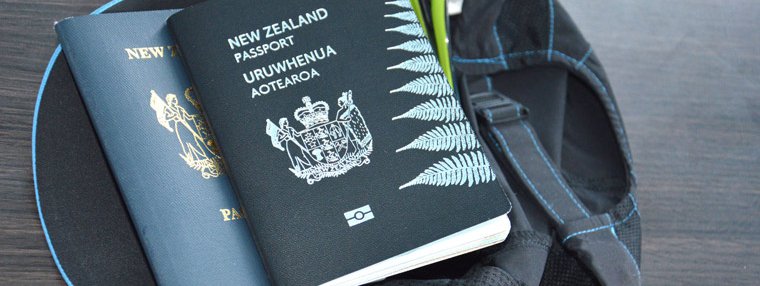Welcome aboard, wanderlusters! Get ready to embark on a journey like no other as we unveil the key to unlocking seamless travel in the stunning landscapes of New Zealand. Picture this: traversing vibrant cities, diving into crystal-clear waters, and immersing yourself in Maori culture – all made possible with a brand new transit visa. Whether you’re an avid adventurer or simply seeking tranquility amidst nature’s magnificence, join us as we delve into how this game-changing visa will revolutionize your travel experience down under. Fasten your seatbelts and prepare for takeoff; it’s time to discover the wonders of Aotearoa! NEW ZEALAND TRANSIT VISA
Introduction to the New Zealand Transit Visa
New Zealand is a country that has been attracting travelers from all over the world for its stunning landscapes, unique wildlife, and vibrant culture. With its diverse offerings, it’s no surprise that many people choose to transit through New Zealand on their way to another destination.
However, in order to enter and transit through New Zealand, most foreign nationals are required to have an appropriate visa. This is where the New Zealand Transit Visa comes into play. In this section, we will provide you with all the essential information you need to know about this visa and how it can make your travel experience seamless.
What is a Transit Visa?
A transit visa is a temporary visa that allows visitors to pass through a country en route to their final destination. It grants entry for a limited period of time and only permits travelers to stay within the designated transit area of an airport or seaport.
In the case of New Zealand, if you are planning on transiting through one of its airports or seaports on your way to another country, you will need a valid Transit Visa in order to board your connecting flight or vessel.
Who Needs a Transit Visa for New Zealand?
The requirement for a transit visa depends on your citizenship and which countries you are traveling from and transiting through. Generally speaking, citizens of countries with visa-free entry arrangements with New Zealand do not require a transit visa. OVERSTAY ON NEW ZEALAND VISA
Why is a Transit Visa Necessary for Traveling to New Zealand?
A transit visa is a necessary document for travelers who are planning to pass through New Zealand on their way to another destination. It allows them to enter and stay in the country for a limited period of time, typically up to 72 hours, before continuing their journey.
The main purpose of a transit visa is to ensure that travelers have the appropriate documentation and meet all the requirements for entering New Zealand before they board their flight or vessel. This helps prevent any potential issues or delays at the airport or port of entry.
There are several key reasons why a transit visa is necessary when traveling to New Zealand:
1. Legal Requirement: First and foremost, having a valid transit visa is a legal requirement set by the New Zealand government. Any traveler who needs to pass through New Zealand, regardless of their nationality or travel route, must obtain this visa beforehand.
2. Immigration Control: Transit visas are an essential tool for immigration control. They allow authorities to keep track of everyone entering or leaving the country and ensure that only those with legitimate reasons are allowed into New Zealand.
3. Security Measures: Transit visas also serve as security measures for both travelers and the country itself. By requiring visitors to go through strict screening processes before being granted permission to enter, it helps identify any potential risks or security threats beforehand.
4. Protecting Local Economy: The New Zealand government has implemented strict regulations on international travel in order to protect its local economy from illegal activities such as human trafficking or smuggling of goods.


